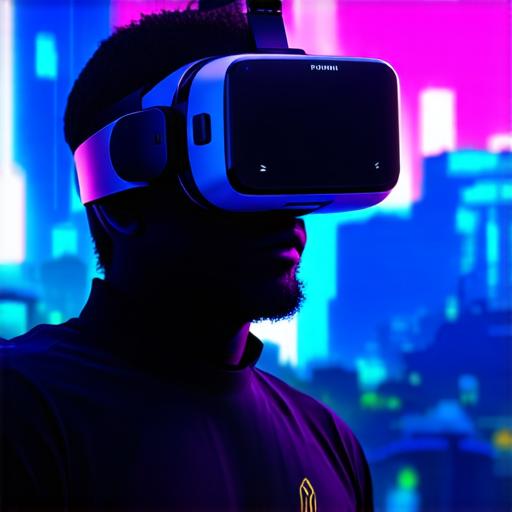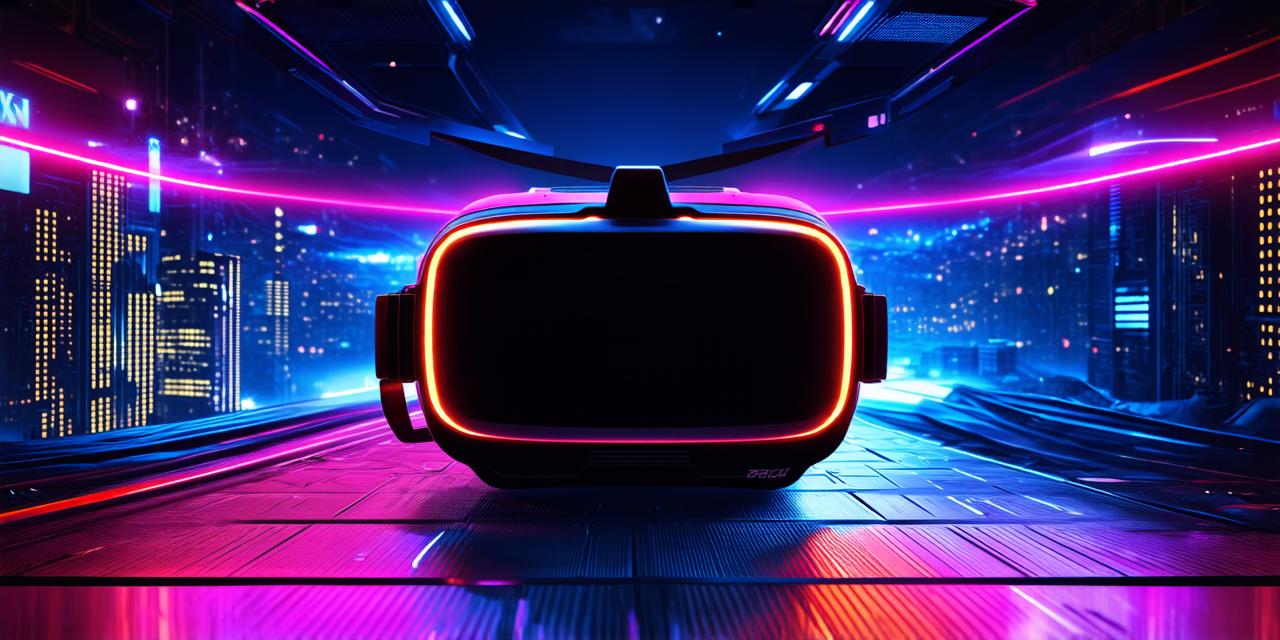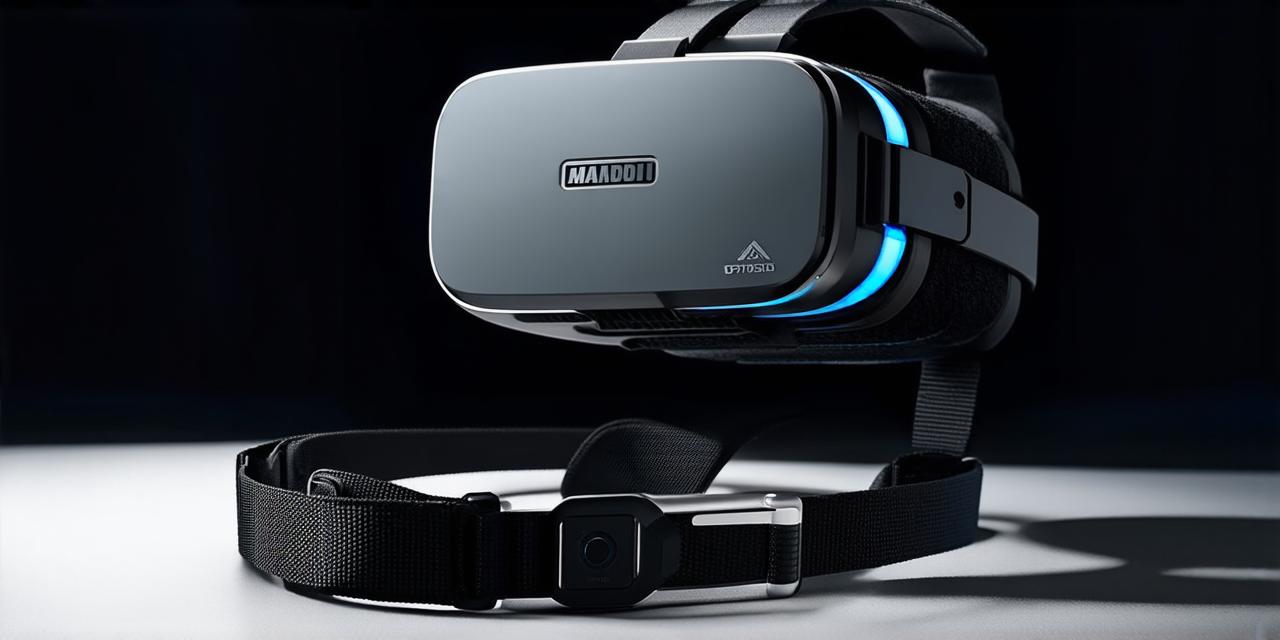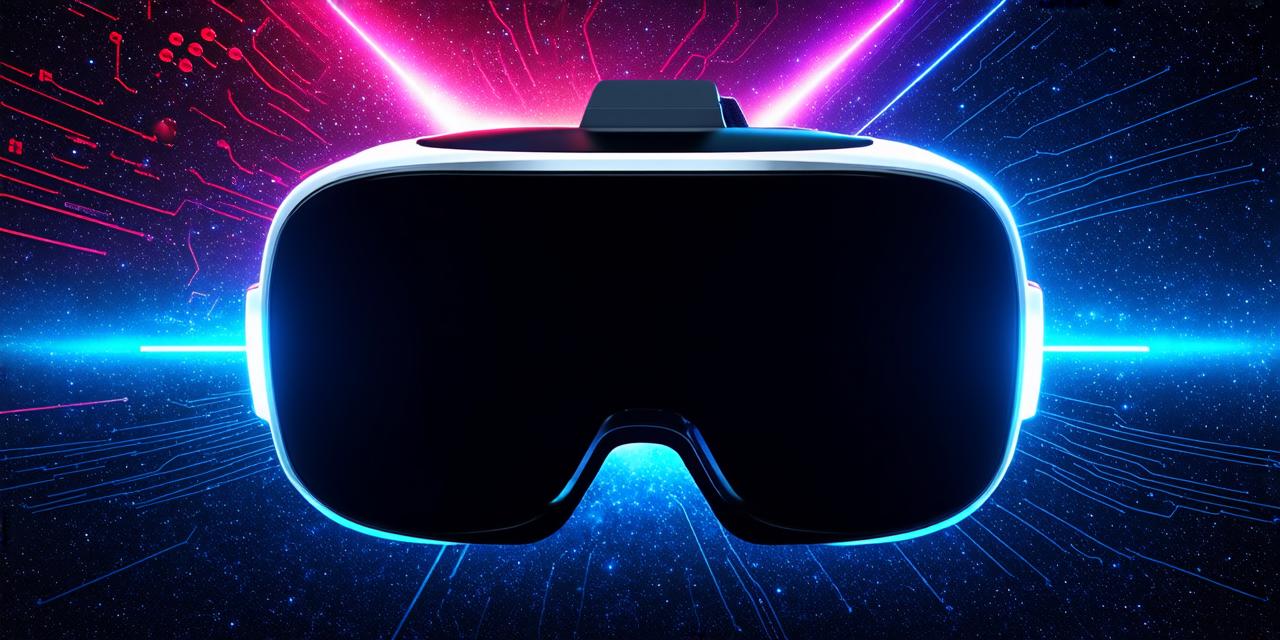
Virtual reality (VR) is a technology that allows you to experience an immersive digital world as if it were real.
Choosing a Virtual Reality Headset
There are several virtual reality headsets available in the market, each with its own unique features and specifications. Some of the popular VR headsets include Oculus Rift, HTC Vive, Sony PlayStation VR, Samsung Gear VR, and Google Cardboard.
When choosing a VR headset, you should consider the following factors:
- Field of View (FOV): This refers to the angle at which you can see in the virtual world. A higher FOV will provide a more immersive experience, but it may also cause motion sickness.
- Tracking: The VR headset should have accurate tracking technology to ensure that your movements are accurately represented in the virtual environment.
- Comfort: You should choose a VR headset that is comfortable to wear for extended periods of time.
- Price: Virtual reality headsets can be expensive, so you should consider your budget when making a decision.
Setting up Your VR Headset
- Connect the VR headset to your computer or console using the provided cable.
- Install the required software and drivers for the VR headset on your computer or console.
- Adjust the settings on the VR headset, such as the FOV and resolution, to your preference.
- Put on the VR headset and make sure it is properly adjusted to fit your head.
- Sync the VR headset with a virtual reality controller or handheld device.
Using Your Virtual Reality Headset
Once you have set up your VR headset, you can start using it to experience virtual reality content. Here are some general tips to keep in mind:
- Adjust the VR headset periodically to ensure that it stays comfortable and properly adjusted.
- Use hand gestures or a controller to interact with virtual objects in the environment.
- Be aware of your surroundings when using VR, as you may bump into objects or people in real life.
- Take breaks frequently to avoid motion sickness.
Troubleshooting Your Virtual Reality Headset
As with any technology, virtual reality headsets can experience issues from time to time. Here are some common problems and solutions:
- Tracking Issues: If the VR headset is not tracking your movements accurately, you may need to adjust the sensors or recalibrate the device.
- Comfort Issues: If the VR headset is uncomfortable to wear, you can try adjusting the straps or padding to make it more comfortable.
- Software Issues: If you are experiencing software issues with your VR headset, you may need to update the drivers or reinstall the software.
- Motion Sickness: If you are experiencing motion sickness while using VR, you can try adjusting the FOV or taking breaks frequently to prevent motion sickness.
Conclusion
Virtual reality is a fascinating technology that allows you to experience immersive digital environments. To get started with VR, you will need a virtual reality headset, which you can choose based on your preferences and budget. Once you have set up your VR headset, you can start experiencing virtual reality content by adjusting the settings, using hand gestures or a controller, and taking breaks frequently to avoid motion sickness. If you experience any issues with your VR headset, you can troubleshoot them by adjusting the sensors, padding, software, or taking breaks.



